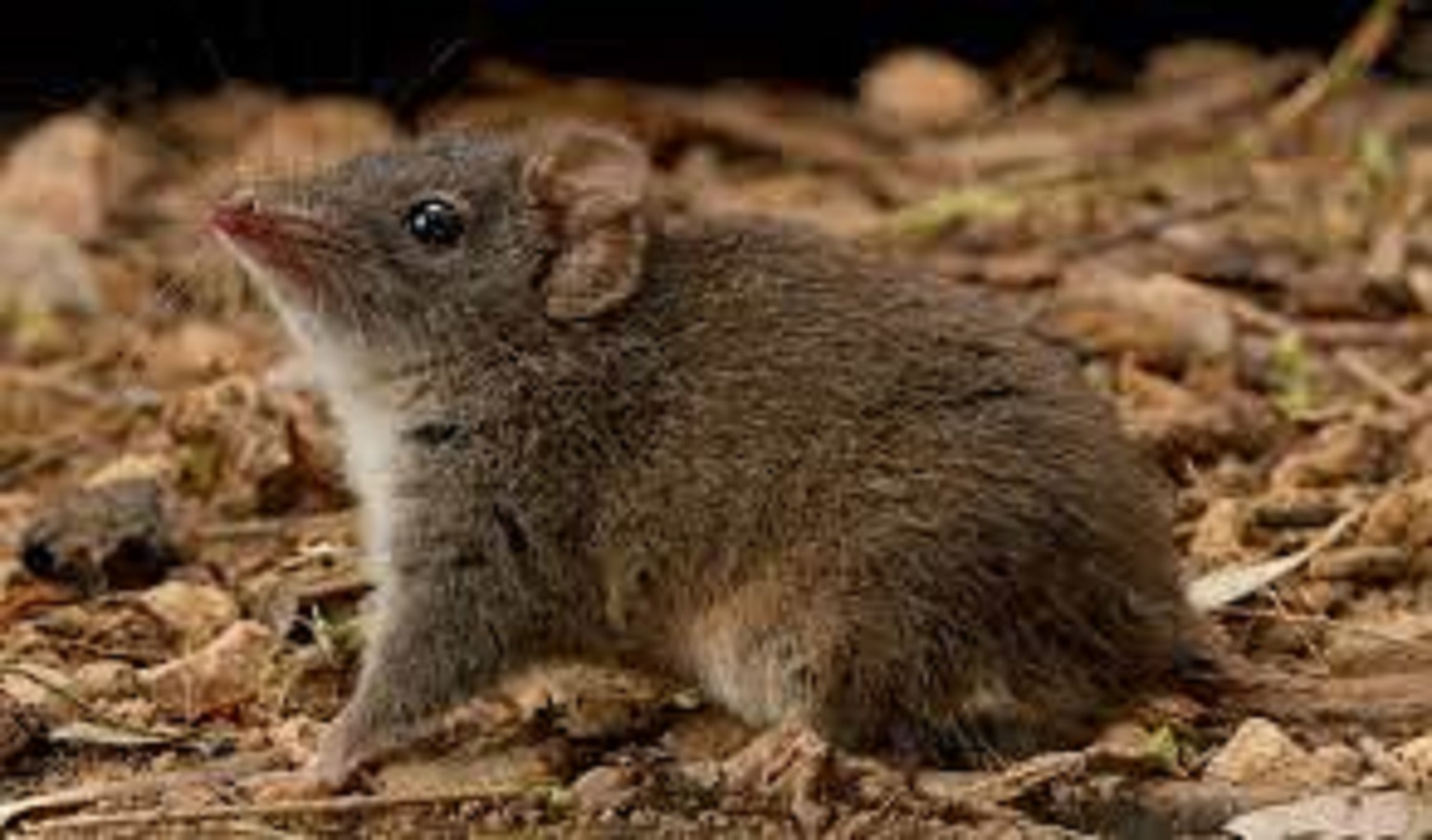The antechinus is a captivating group of small, insectivorous marsupials that inhabit various regions of Australia and New Guinea. These agile creatures have evolved unique behaviors and adaptations, making them intriguing subjects of study for researchers and nature enthusiasts alike.
This article delves into the world of antechinus, exploring their taxonomy, habitat, physical characteristics, behaviors, reproduction, and conservation status.

The antechinus belongs to the family Dasyuridae, commonly known as the marsupial carnivores. This diverse family includes several well-known Australian marsupials, such as the Tasmanian devil and the quolls. Within the Dasyuridae family, the antechinus is part of the genus Antechinus, which encompasses approximately 15 recognized species.
Antechinus are primarily found in the forests, woodlands, and heathlands of Australia and New Guinea. Their distribution varies across different species, with some restricted to specific regions and others found more widely across the continent. The diversity of habitats they occupy contributes to the ecological significance of these small marsupials.
Antechinus have adapted to their specific environments and exhibit a range of physical characteristics. They are small-sized animals, with most species measuring between 5 to 8 inches (12 to 20 centimeters) in length, excluding their tail. The tail can add an additional 3 to 5 inches (8 to 13 centimeters) to their overall length. Their fur coloration varies between species, with some sporting a mix of grays and browns, while others have distinctive markings.
These marsupials possess sharp claws and strong limbs, which aid them in climbing trees and traversing their arboreal habitats. Their pointed snouts and small, beady eyes are well-adapted for capturing insects, which make up the bulk of their diet.
Antechinus are primarily nocturnal, spending the majority of their waking hours in the cover of darkness. They are solitary animals, except during the mating season, when males and females come together for a brief period. Their diet mainly consists of insects, including spiders, beetles, and small vertebrates like lizards.
One of the most intriguing behaviors of antechinus is their unique reproductive strategy, which sets them apart from most other marsupials.
The reproductive strategy of antechinus is often referred to as “semelparity” or “suicidal reproduction.” In most species, the males have a very short lifespan, typically lasting only a few months. During the mating season, males engage in intense competition for mating opportunities. The physiological stress of mating and the hormonal changes associated with reproduction lead to a rapid decline in the male’s health.
After mating, the male’s immune system weakens, making them more susceptible to infections. As a result, many male antechinus die shortly after the mating season concludes. This strategy, while unusual, is thought to increase the chances of successful reproduction for the species as a whole.
Females, on the other hand, have a longer lifespan, often living for about a year or more. They give birth to a small litter of tiny, underdeveloped joeys, which then crawl into the mother’s pouch to continue their development. As with other marsupials, the young continue to grow and nurse in the pouch until they are sufficiently developed to venture out into the world.
Several species of antechinus face conservation concerns due to habitat loss, predation by introduced species, and potential impacts from climate change. More efforts are required to save these species from extinction.